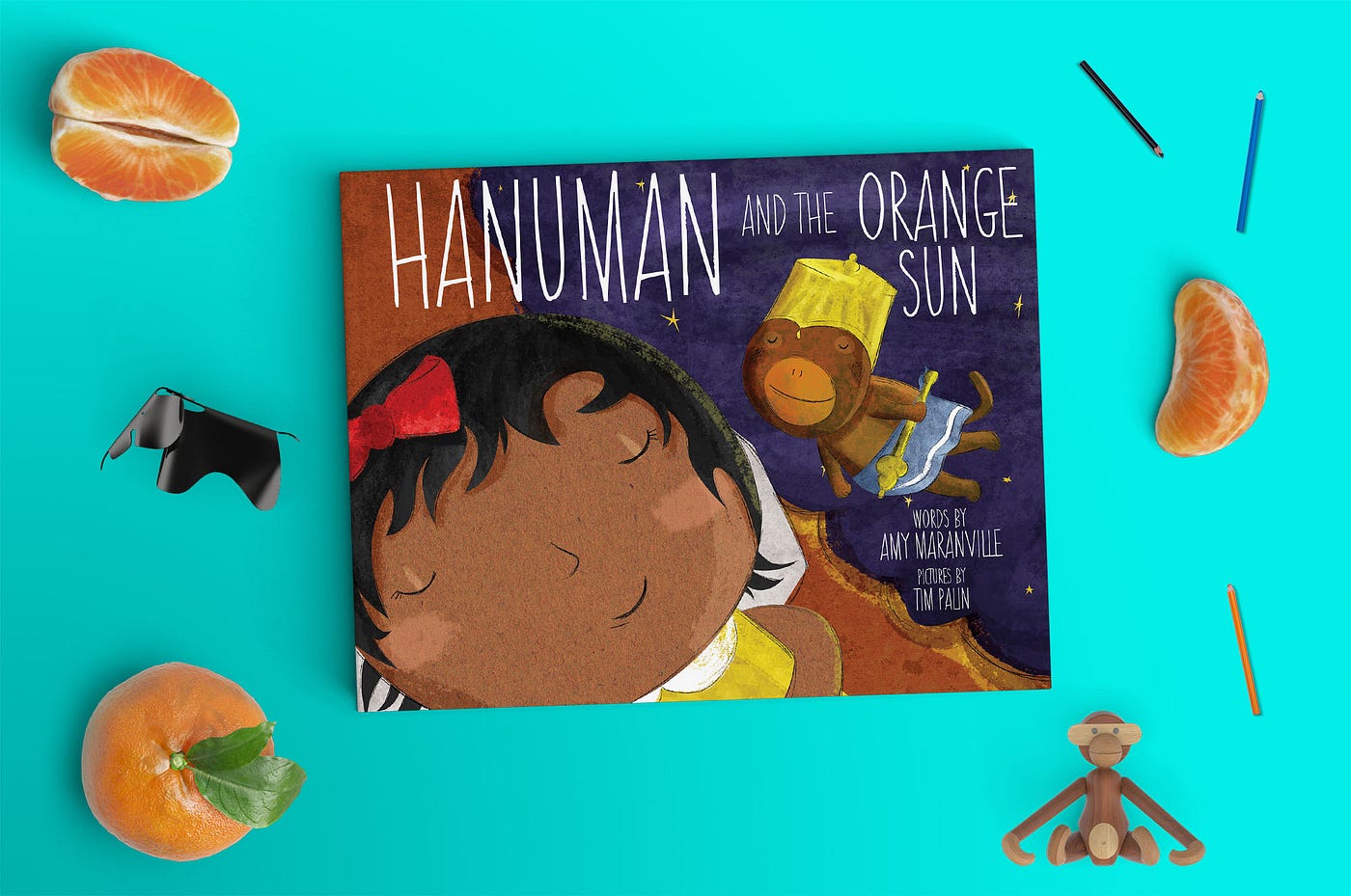by Frank Lee, Rebatezone
Stories are effective tools that boost your imagination as well as your perception — how you perceive the world around you. Such accomplished and convincing stories can be that many of the hegemonic governments around the world use these as dynamic narratives. These masterly plotted stories are practiced all around the world — sometimes inculcating a conviction or prejudice and sometimes accurate facts are woven together by this masterly art of storytelling.

Children and Historical stories
At early age children are exposed to their immediate surroundings and the whole world as a whole by stories. It increases the imaginative and creative capabilities of the child. If the stories being told are historical, it is all the better because it serves two functions: teaching history on one hand and boosting child’s creativity on the other. Teaching historical stories to children is important because of following reasons
Inspiration
Historical stories provide inspiration to children and are most important in this regard. When children are told different stories involving different characters, they can distinguish personality traits among them. In this way, a consistent and befitting image of how success can be achieved is ingrained in their minds. They choose and reject characters — and also their impetus — depending on their nature. Many historical figures then serve as an inspiration for them.
Historical Figures
For instance, if children are told the stories of Julius Caesar or Alexander the great, they explore the unconquerable human will. They also examine the possibility that even if a single man decides to dominate the whole world, he can do so. In the same way, stories against oppression can serve as a great awareness in marginalized societies.
If we tell the story of Sarla Tharkal, available in the form of illustrated book Sarla in the Sky — Sarla being the first female pilot of India — to little girls in those societies where girls are restricted by what society dictates, the story can prove itself an inspiration.

A Blend of History and Fiction — boosting imagination and creativity
Historical stories are the amalgamation of different aspects of history and fiction — story being a subcategory of fiction. Sometimes a story is told as it actually happened, in a logical sequence — events from birth to death in a series. While sometimes a plot is constructed — that is to say, the natural order of things is no longer maintained — which arouses suspense.
One example may include a fighter killed 50 men alone or Gandhi alone achieved a separate homeland for his people arousing curiosity. It is after the initial climax that the previous struggle is revealed, children will respond to it in a more efficient way because the remaining part of the story answers many of their questions rather than stating something.
Or we can take another example of the book Hanuman and the Orange Sky in which Hanuman is struck by lightning and is knocked down to the earth. It may cause worry in the toddlers and they will think about multiple possibilities only to find that afterward the rise of Hanuman will fill their hearts with courage.
Plot — inculcating a craving to think
As mentioned earlier, if a historical story is told with the construction of plot, it arouses suspense. The suspense urges children to think about the possible cause and effect relationships. And if you keep on making the stories complex, children will keep on evolving their subtle brain mechanisms which will allow them to comprehend different aspects of their society. It will also increase their mental capabilities in educational pursuits.
Making a good individual and citizen
It is evident that if children are being told famous stories, these stories will contain a protagonist and this protagonist will be a good, brave, courageous, rebellious, or activist depending on the situation. It can also be assumed that these stories will contain a moral lesson. For instance, if a story is told about the Prophet Muhammad — the founder of Islam — about any aspect of his life, children can clearly decipher how tolerance, love, and peace can make a person a good citizen. All these values make way to children’s brains in a subtle way through stories.
Developing Cultural roots
If we tell children stories about particular society or a particular culture, it will help to nourish cultural roots in children. For example, if a child is told a story about his local hero — for instance, Mahatma Gandhi who struggled and kept on fasting for non-violence — he will develop a sense of nationalism and it is a good way to fight identity crisis. The child will completely understand that heroes can be of any age and any color — not only whites can rule the world. The kids will appreciate more their surroundings which will make them more confident when dealing with issues in this trans-cultural global world.
In short, it can be said that historical stories develop in children an ability to perceive and question the facts which otherwise are taken for granted. These stories make them realize the fundamental moral values the practice of which can make this world a heaven.
About the Author
This article is written by Frank Lee who has an interest in literature and history. He is also interested in the art of storytelling — an effective way to teach history — to children. He works at Rebateszone.
